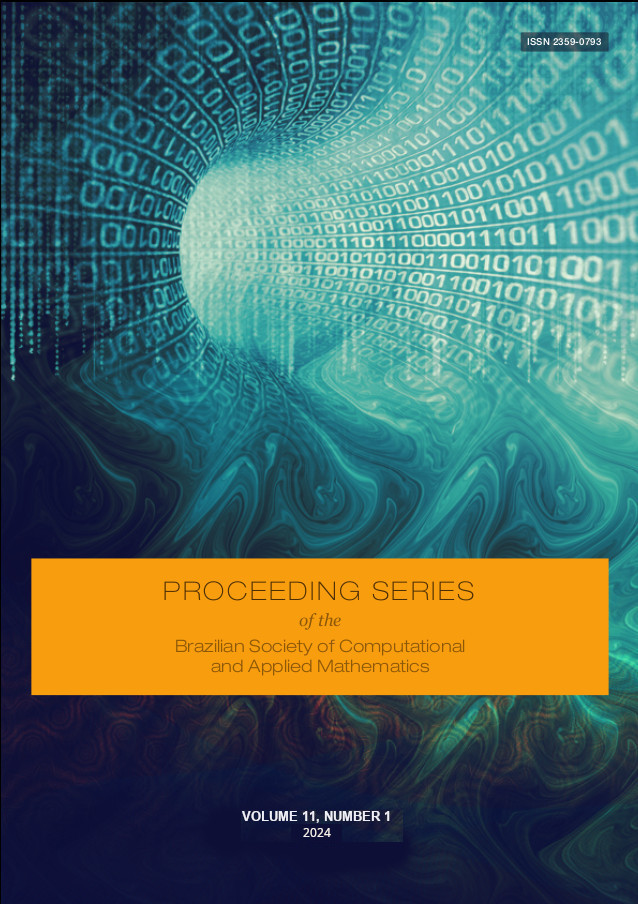A five-piece Pythagorean dissection of hexagons
Keywords:
Pythagorean dissection, geometric problem-solving, hexagons, mathematics educationAbstract
The integration of Pythagorean dissections into the teaching of mathematics offers a fascinating avenue for students to explore geometric problem-solving techniques. This approach provides a fresh perspective on problem-solving, demonstrating the versatility and creativity inherent in Pythagorean dissections. A Pythagorean dissection is a fascinating geometric method to illustrate the Pythagorean theorem. It involves dissecting two polygons into smaller pieces and rearranging them to form a larger polygon. There are many types of Pythagorean dissections, each with its own unique properties and applications. For instance, in 1973, James Schmerl presented a five-piece dissection of hexagons for the relation 3² + 4² = 5². Similarly, Greg Frederickson proposed a challenge for a dissection where the three-hexagon should remain uncut. This paper presents another five-piece dissection of hexagons addressing Frederickson’s challenge, contributing to the ongoing conversation surrounding Pythagorean dissections and stimulating further inquiry in geometric problem-solving.
Downloads
References
G. N. Frederickson. Dissections: plane and fancy. Cambridge University Press, 1997.
J. Schmerl. “Problem #240: A Pythagorean dissection,” in: Journal of Recreational Mathematics 6 (1973), pp. 315–316.

